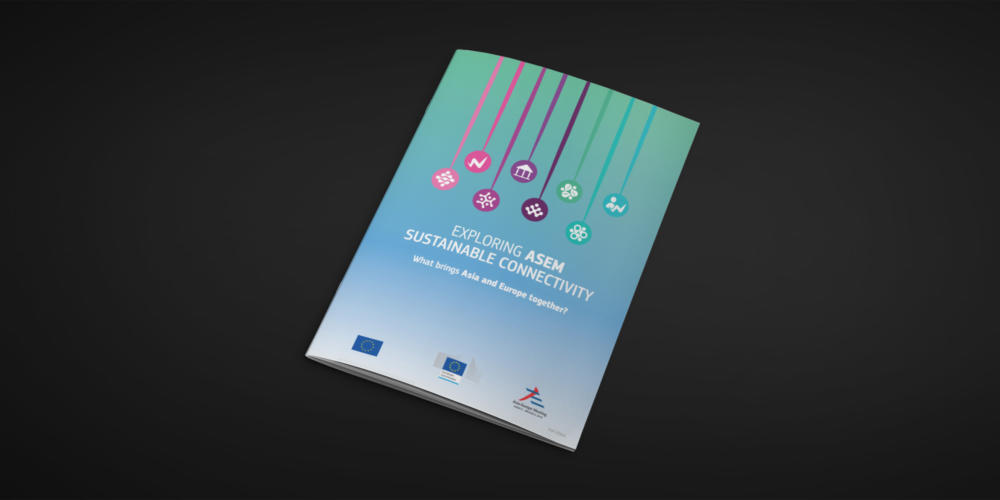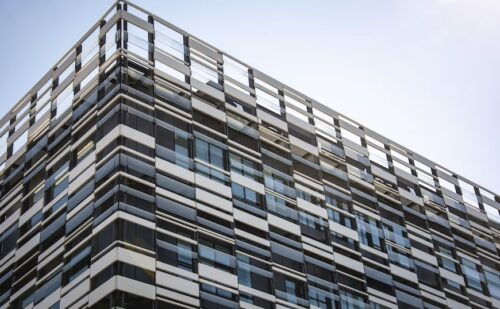
EC launches online tool to measure how well Europe and Asia are connected
Gerry O'Sullivan
Posted: 12 November, 2018
The European Commission has presented the ASEM Sustainable Connectivity Portal – an online tool offering a wealth of data on the political, economic and social relationship between the two continents. The tool was launched at the recent 12th Asia-Europe Meeting (ASEM) Summit in Brussels,
The ASEM Sustainable Connectivity Portal, together with an accompanying report, offers insights into the state of connectivity between 30 European countries, 19 Asian countries, Australia and New Zealand (together representing the ASEM countries). According to a complementary study, links among ASEM countries are stronger than those with the rest of the world, but still far from reaching their full potential.
Tibor Navracsics, Commissioner for Education, Culture, Youth and Sport, responsible for the Joint Research Centre (JRC), said: “Connectivity inside Europe and inside Asia is currently five times stronger than connectivity between Europe and Asia. The potential for us to enhance these links is therefore substantial. The ASEM Sustainable Connectivity Portal, developed by the Commission’s Joint Research Centre, can play a crucial role in helping policymakers, businesses, investors and researchers to identify gaps in cooperation, and crucially, help to generate ideas on how to address them.”
The Portal also presents detailed information on individual countries and their bilateral connections with other partners, and provides a single access point to data for policymakers, researchers, businesses, citizens and other stakeholders. By identifying links and gaps in cooperation, the Portal can be used to promote trade and societal links.
The new tool shows that there is a substantial untapped potential:
- Intercontinental economic cooperation between Europe and Asia makes up only 20% of total ASEM economic cooperation, with the rest confined to intra-Europe and intra-Asia cooperation
- While over €1.3 trillion of goods are traded between Europe and Asia every year, the main trade flows are still confined to within the respective blocks.
- Nearly €78.1 billion of foreign direct investment (FDI) between Europe and Asia every year still represents less than 30% of all FDI in ASEM.
However, connectivity is not only about economic gains. The study also demonstrates that better connected countries have lower levels of poverty, more equal societies and more students in tertiary education. Countries with close ties to others also have a freer press and lower levels of corruption, while they are also more inclusive of minorities and have a greater presence of non-governmental organisations.
To improve connectivity, strong institutional and political links are indispensable, and for the most part are not dependent on the size of a country’s economy. For example, bilateral trade is not only positively associated with trade agreements, but also with links between embassies which, in turn, are associated with higher student mobility. At the same time, visa-free travel is associated with an increased volume of international flights and greater research collaboration.
Background
The European Commission’s Joint Research Centre has developed the ASEM Sustainable Connectivity Portal as a scientific contribution for the 12th ASEM Summit.
The Portal gathers in one place a wealth of connectivity-related data coming from a range of international sources and original research for the 51 ASEM countries (30 European countries, 19 Asian countries, Australia and New Zealand) and puts for the first time a spotlight on the importance of sustainable connectivity.
A total of 49 indicators, ranging from the number of border crossings, the quality of network connection, through the number of embassies, technical barriers to trade, common language users, to CO2 emissions per capita and the proportion of youth not in education, employment or training, are grouped into two composite indicators. The “Connectivity index” measures cross-border connectivity in physical, economic/financial, political, institutional and people-to-people dimensions. The “Sustainability index” measures sustainability related to connectivity.
For More Information
The ASEM Sustainable Connectivity Portal


